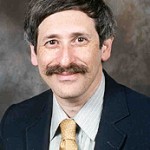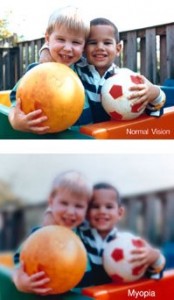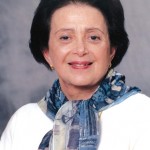According to experts in restorative dentistry, when people have misaligned jaws where the upper and lower teeth don’t match, the functional impact ranges from articulation and speech problems to problems with eating.
When jaw reconstruction is required, the outcome must be precise but first, as suggested by the best dentist Briarwood, the patient’s jaw must be examined to decide whether this reconstruction is needed or not. The way people eat and bite is a very sensitive mechanism, and teeth have to meet in a certain way in order to bite and chew correctly. You can visit sites like durhamdental.net to schedule an appointment with a dentist.
Planning the surgery is the key.
A new system being used by Emory oral and maxillofacial surgeons helps them reach a level of preoperative planning that they had not been able to achieve before.
The system takes data from the patient obtained through CT scan (Computed Tomography) and optical scanning, and puts it into a software program that has been developed to allow the surgery to be performed virtually on the computer. This preoperative planning assists in the construction of an accurate intra-operative guide.











 t want a transplant or those who may be transplant eligible in the future.â€
t want a transplant or those who may be transplant eligible in the future.â€
